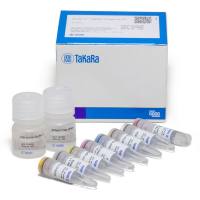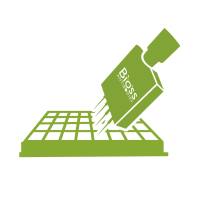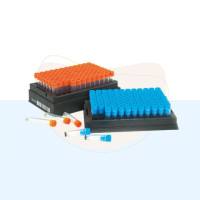Introduction to Screening Automation
互联网
523
In the late 1970s and early 1980s, the components that have made modern high-throughput screening (HTS) laboratory possible came together. Those were: 1) small scale servo-driven robotic devices; 2) the personal computer; and 3) the microplate. The word “robot” is derived from the Czechoslovakian word Robota, which is translated into English as servant, slave, or laborer. The Robot Institute of America (RIA) defines a robot as a “reprogrammable multifunctional manipulator capable of moving materials, parts, or tools through variable programmed motions for the performance of a variety of tasks” (1 ). The technology for servo-controlled robotics was developed in the late 1960s, and employed in the automotive assembly industry. In the 1970s the development of the microprocessor drastically decreased the cost and scale of the control systems for such robotics, making smaller robots feasible. Cartesian robots had three degrees of freedom (XYZ) and were usually mounted in an XYZ frame. Cylindrical robots had four degrees of freedom: rotation at the base and wrist, elevation, and lateral movement, thus defining a workspace similar to a cylinder. Articulating robots added yet another (fifth) degree of freedom, mimicking the human arm with shoulder, elbow, and wrist rotation. The shoulder joint is mounted on a base allowing the entire arm to rotate. The wrist motion has both pitch and roll, allowing complex movements that were desired at the time by the automotive and electronics industry. The Microbot Alpha was an early small articulated robotic arm intended for educational use that sold for about $5000, and was used in 1981 in the first published example of robotic laboratory automation (2 ). Zymark Corporation (Hopkinton, MA) created their own cylindrical geometry robotic arm controlled by their proprietary “personal computer” and began marketing to the laboratory market in 1982 (3 ). Although the first 96-well plastic plate was created in 1952 at the N.I.P.H in Hungary, it wasn’t until 1974 that the format was first used for an enzyme-linked immunoserbent assay (ELISA) assay in London and at the Centers for Disease Control (CDC).








